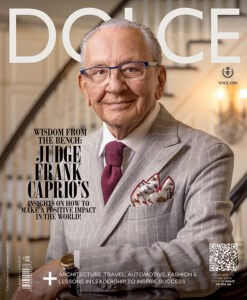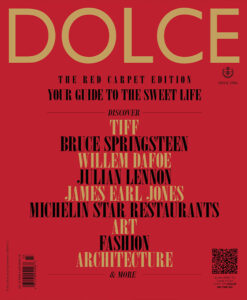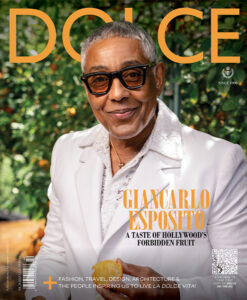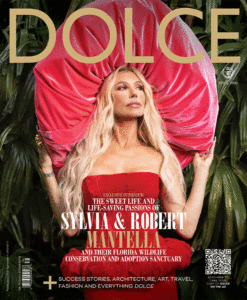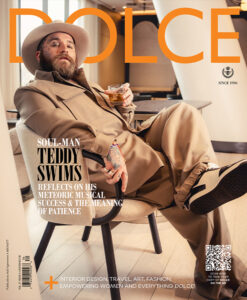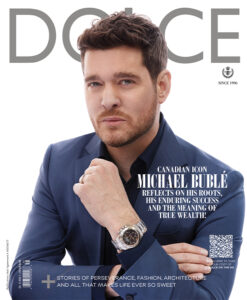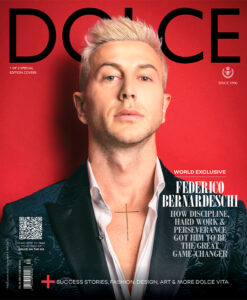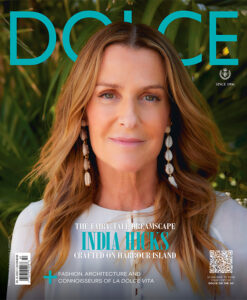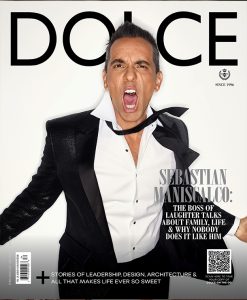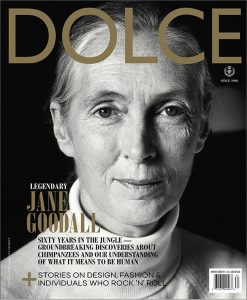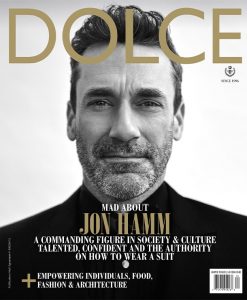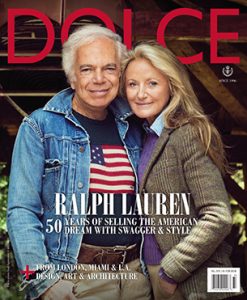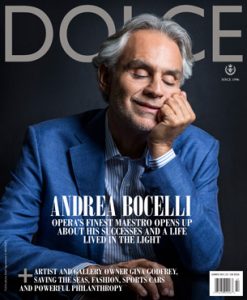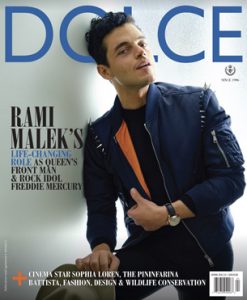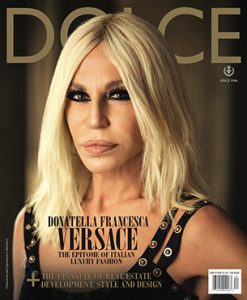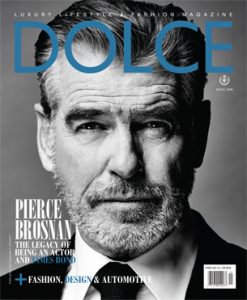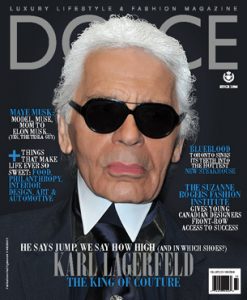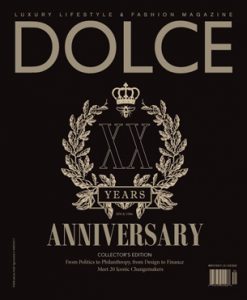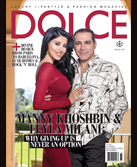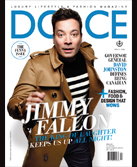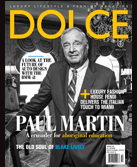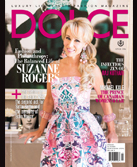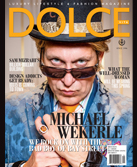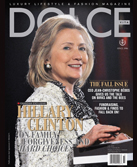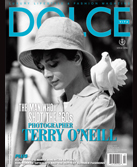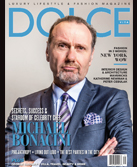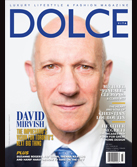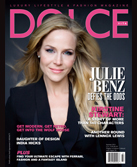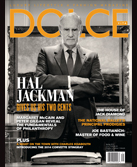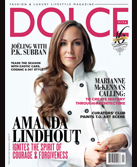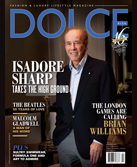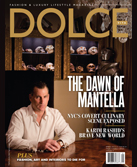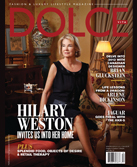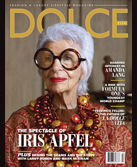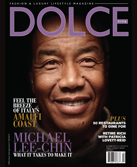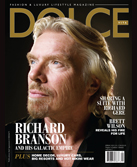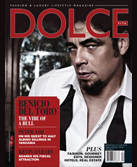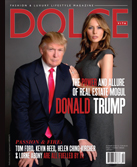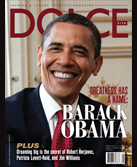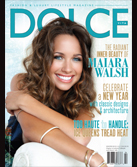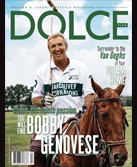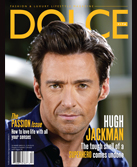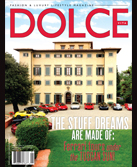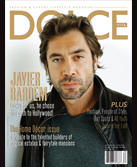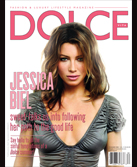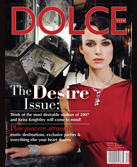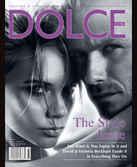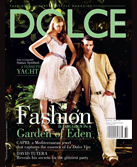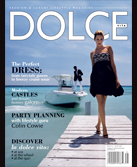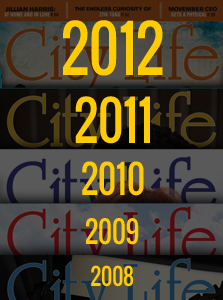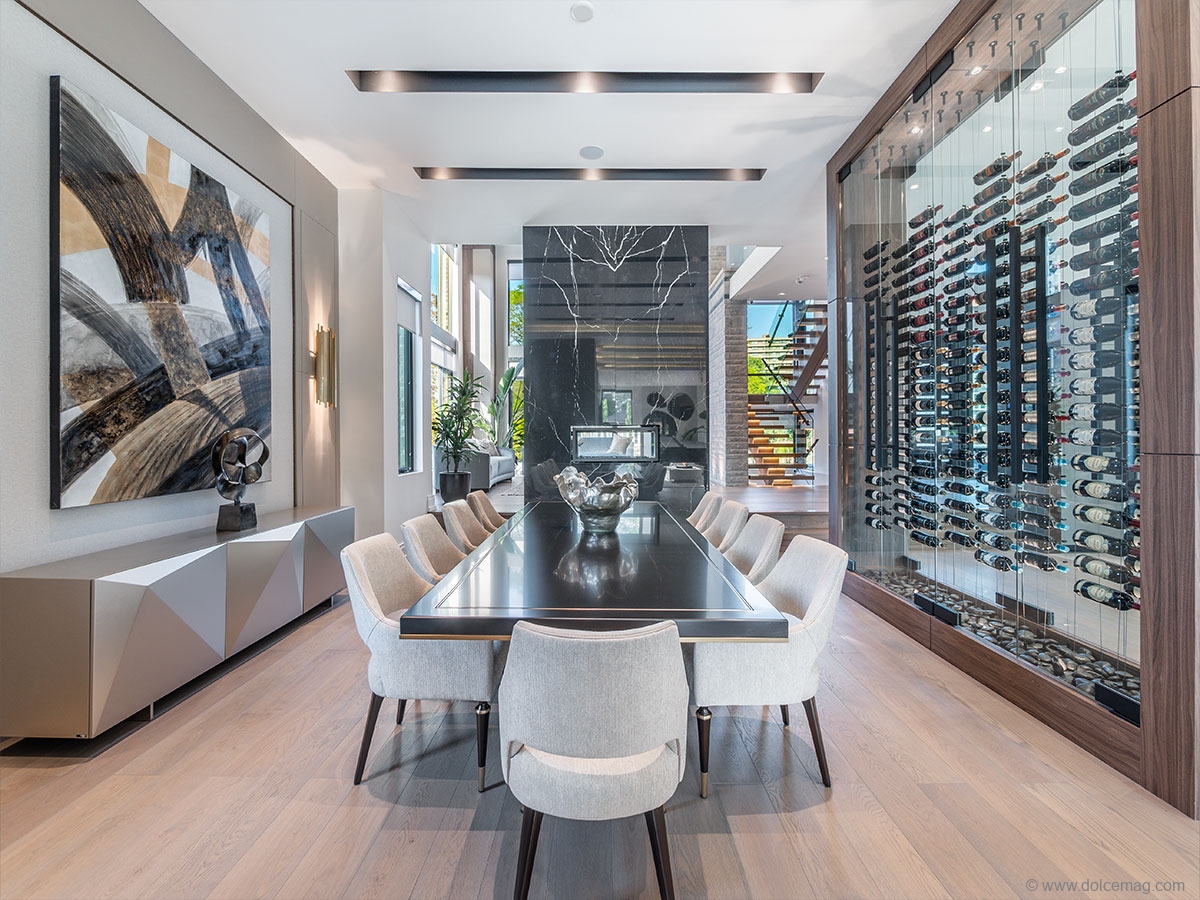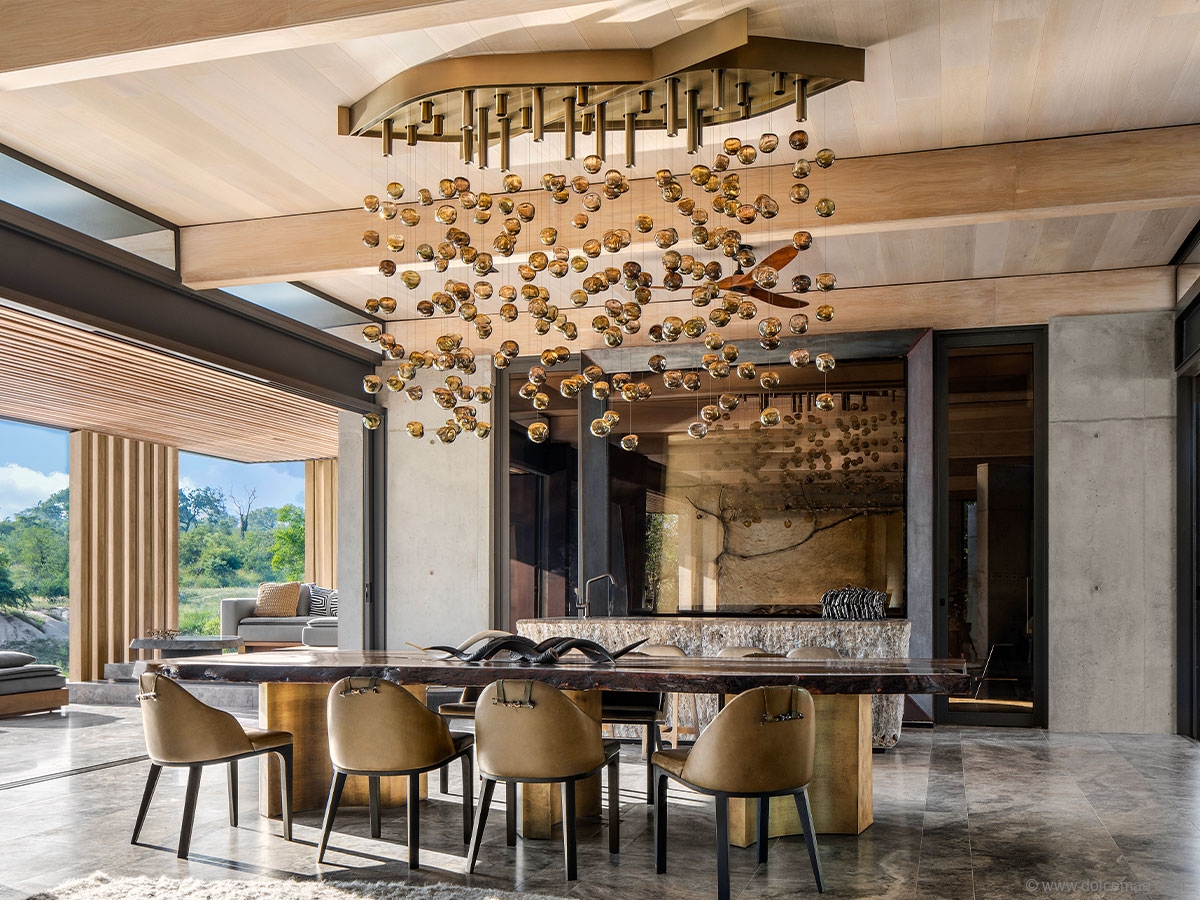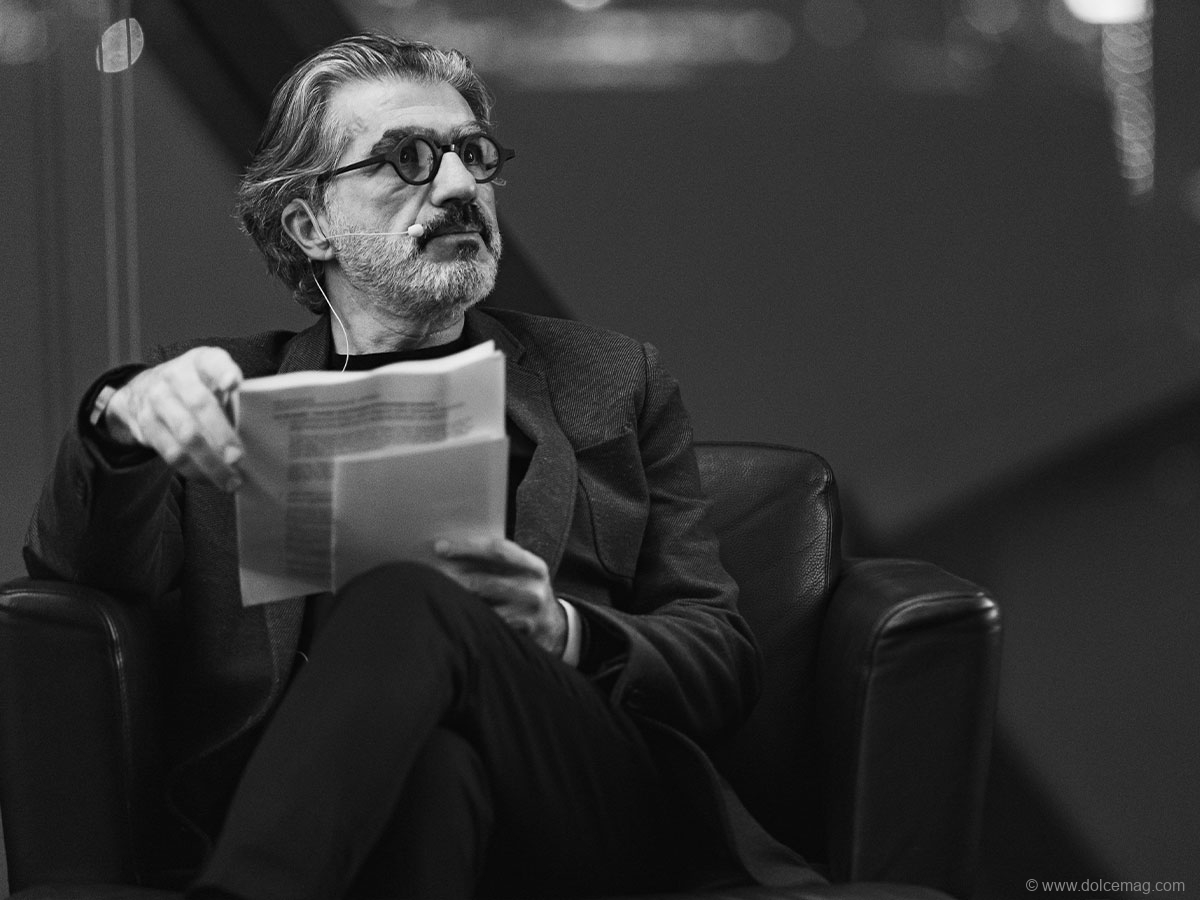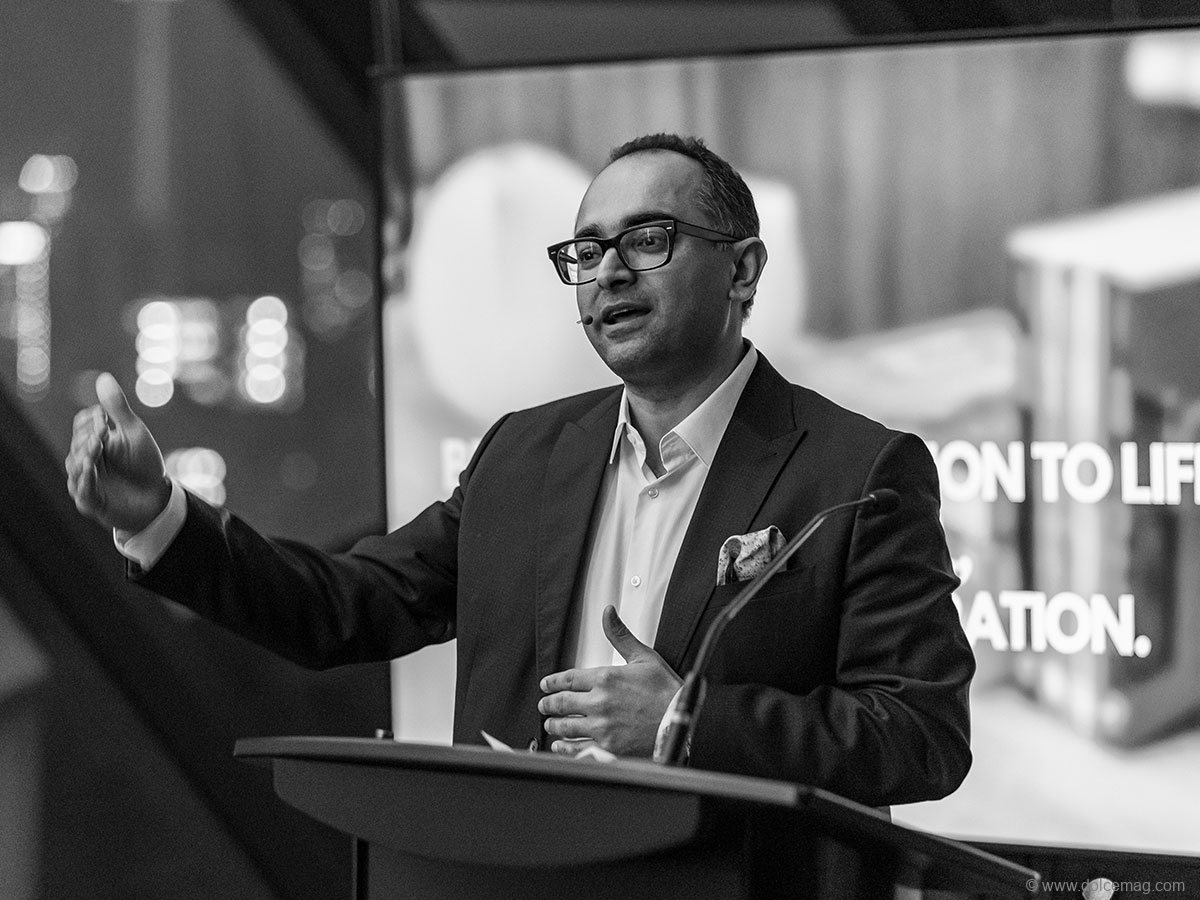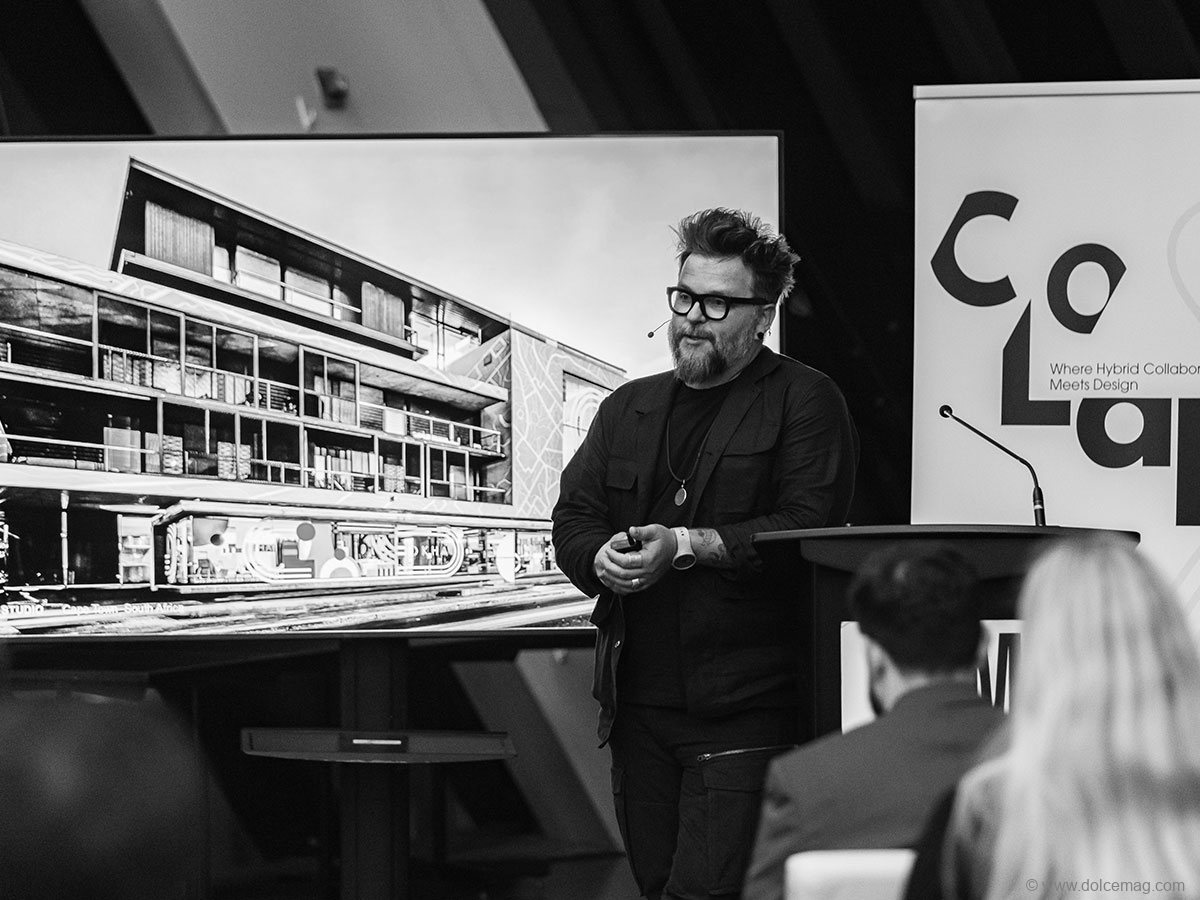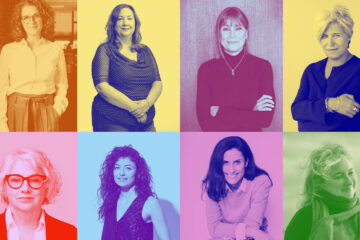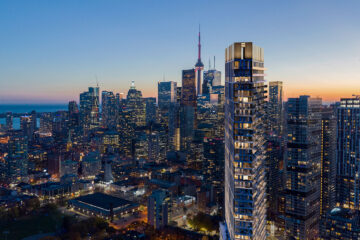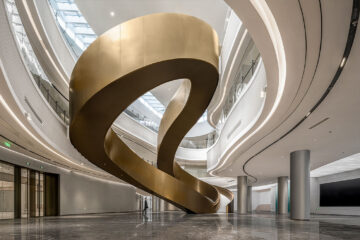Embracing Global Hybrid Collaborations
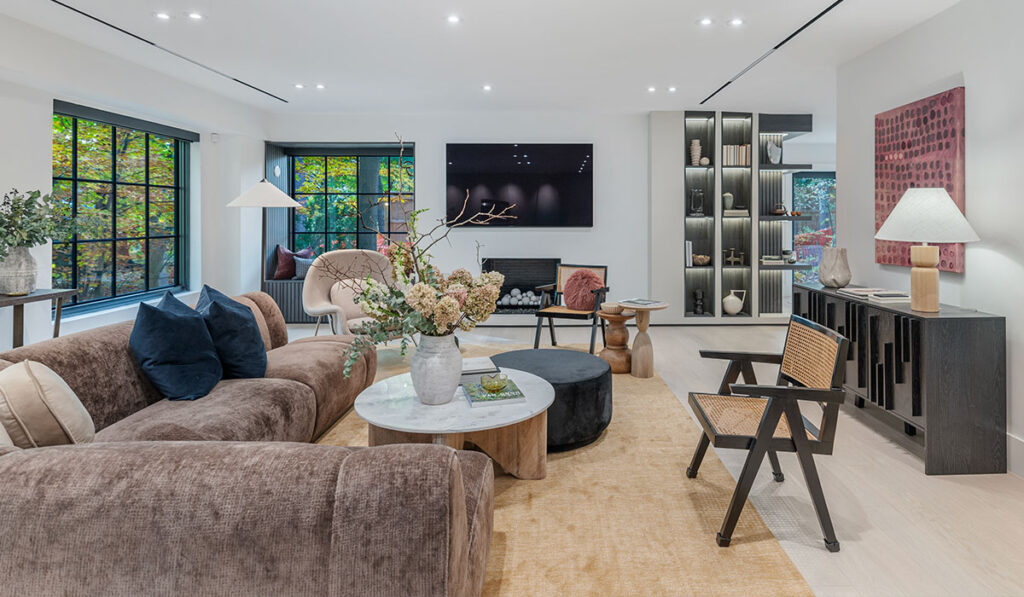
The ROM proudly hosted CoLab, an invite-only event featuring a ground- breaking panel discussion with some of the design world’s leaders.
Toronto is a city with rich cultural diversity, embodying the thriving spirit of collaboration and creativity and making it the perfect host for any artistic event. This past February, Toronto’s iconic Royal Ontario Museum, known for merging history with modernity, served as the ideal venue for the exclusive CoLab: A Deep-Dive on Hybrid Collaborations. The event featured a master- class panel discussion with Pionova founder and principal Nima Ahmadi, Urbanscape Architects founder and principal Ali Malek and ARRCC director Jon Case.
Dolce had the privilege of sitting down with each of these individuals to explore cross-cultural themes, how to think globally while designing locally, as well as the role of architecture and design in today’s interconnected world.

Q: CoLab: A Deep-Dive on Hybrid Collaborations is all about collaboration across disciplines. What does this event mean to you as a designer and innovator?
A: CoLab is a much-needed pause in the fast- paced world of design — an opportunity to reflect, celebrate the creative process and acknowledge the relationships that have brought us to this point. The journey is far more important than the destination, and every detail we design or refine has a profound impact across disciplines.
This event serves as a moment to step back, detach from the immediate demands of a project and share our international collaboration with a broader audience. Seeking fresh perspectives and feedback not only enhances the outcome but also reminds us to be fully present in the moment. CoLab reminds us to appreciate the significance of each step, ensuring that we realize our vision to its fullest potential.
Q: A new classified project is bringing together top-tier creatives from various fields. How has working with Jon Case and Ali Malek influenced your approach to this project?
A: One thing that stands out in this collaboration is the level of expertise each team member brings to the table. Jon Case and Ali Malek are both visionary architects who deeply understand their craft, and their ability to imagine future spaces is truly inspiring.
When we come together — often in dynamic, free-flowing Zoom sessions — the energy is all about pushing boundaries and realizing our best work at this moment in time. Their forward- thinking approach challenges us to not only grasp their ideas but also translate them into reality with precision and innovation. This exchange of creativity and expertise has been invaluable in shaping the project and elevating our collective vision.
Q: The details are still under wraps, but what do you hope this project will achieve in terms of design innovation and future collaborations?
A: In terms of innovation, this project is setting new trends and standards that will shape the industry for years to come. It’s not just about pushing creative boundaries, it’s about redefining what’s possible and opening the door to new opportunities for collaboration.
I truly believe this partnership will take our relationship to new heights, marking the beginning of something truly significant. I can already envision our firm welcoming ARRCC and [its] sister company, SAOTA, to Toronto to create a one-of-a-kind architectural masterpiece. This project is just the start of an exciting journey, and I can’t wait to see where it leads.
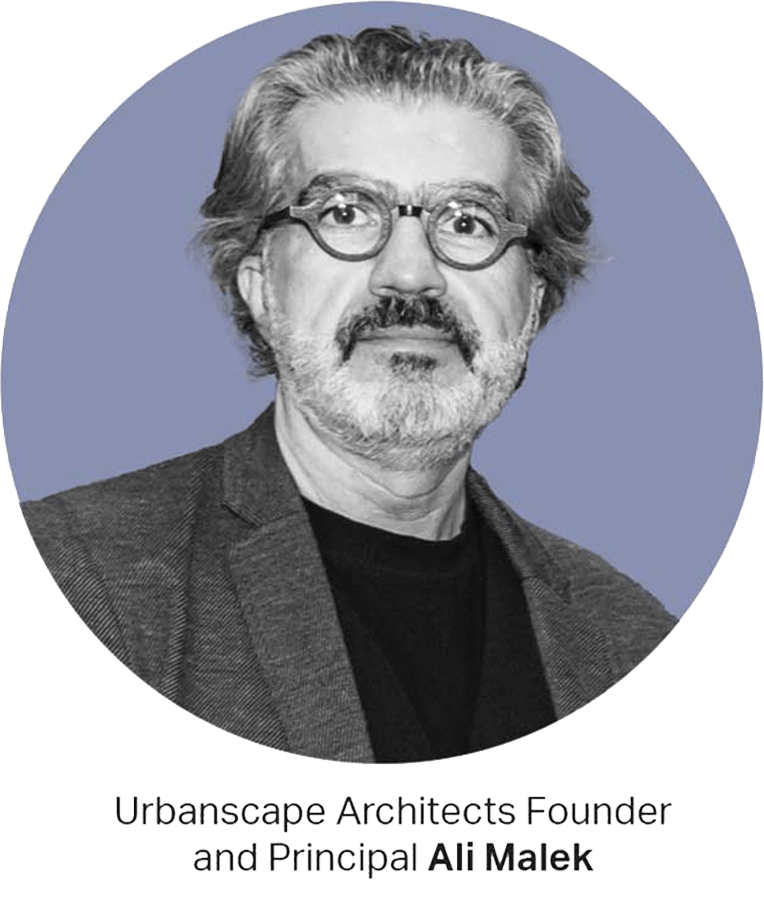
Q: What inspires your approach to designing dynamic city spaces?
A: When thinking about dynamic city spaces, the inspiration often stems from observing how people interact with their surroundings. I love exploring the delicate balance between nature, technology and human behaviour. For me, the goal is to design spaces that feel organic — ones that encourage both connection and exploration.
Ultimately, I think dynamic city spaces should feel like extensions of people’s lives, whether it’s a park that invites conversation or a plaza that sparks creativity. Each element, from the smallest details to large-scale features, should be part of an experience that fosters community and growth.
Q: CoLab: A Deep-Dive on Hybrid Collaborations brings together some of the industry’s best minds. What does this event represent for you as an architect?
A: As an architect, I see events like CoLab, as catalysts for growth — both personally and professionally. It’s a chance to engage in conversations that expand my understanding of the industry, hear from thought leaders and share experiences with peers who are facing similar challenges. The cross-disciplinary exchange that happens at these events is something I value deeply because it keeps me grounded in the reality of what’s happening in the world and how we can use design to address global issues — whether that’s sustainability, social equity or new technologies.
Overall, it’s an event that reminds me of the power of collaboration and how, as architects, we’re all part of a larger movement to shape the future of cities and communities. It encourages me to remain curious, push the limits of creativity, and work towards designs that not only function well but truly make a positive impact on the people and places they serve.
Q: Without revealing too much, how do you see this project redefining the relationship between architecture and interior design?
A: While I can’t get into specifics, I can say that this project is truly about blurring the lines between architecture and interior design in a way that creates a seamless experience for those who will interact with the space. Traditionally, architecture and interior design have been treated as distinct disciplines, with architecture focusing on the building’s form and structure and interior design concentrating on the spaces within. But this project is all about challenging that separation and rethinking how the two can work in tandem rather than in isolation.
By merging architecture and interior design more intentionally, the space will feel unified, with both the structure and the interior experience enhancing one another. The goal is to create a space where the boundaries between the two are not just softened but also integrated, resulting in an environment that feels both cohesive and dynamic. The way architecture and interior design interact in this project will redefine how we think about spatial experiences — creating something that’s not just beautiful but deeply immersive and functional.
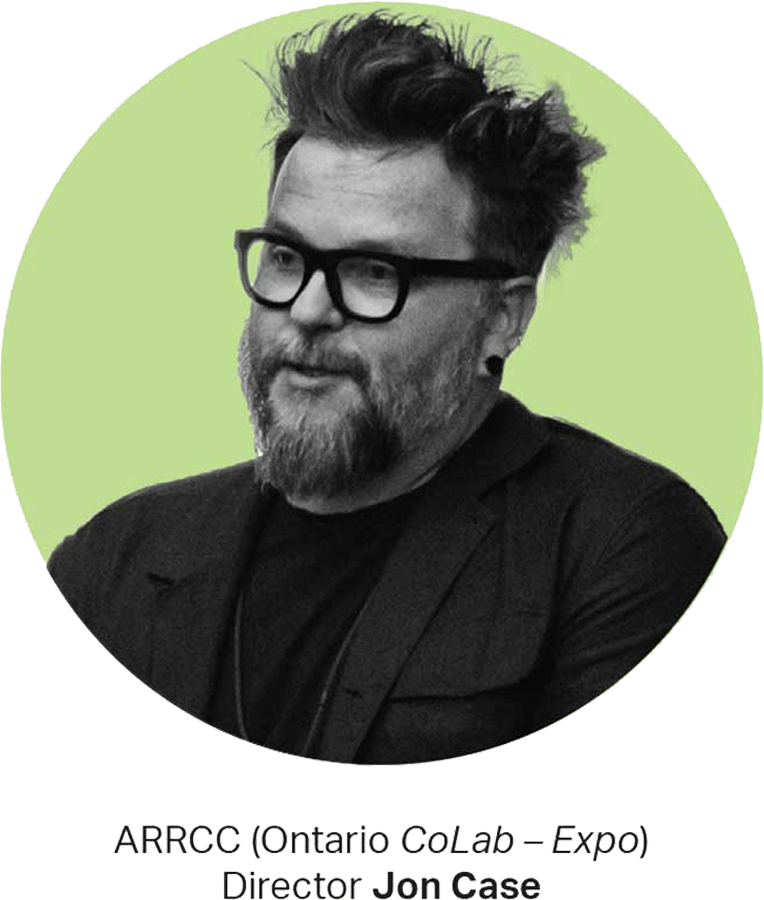
Q: What are the key influences that inspire your creative vision?
A: My creative vision is deeply inspired by art, travel and the natural world. I find inspiration in the work of iconic architects like John Lautner and Kengo Kuma, whose processes and ability to create beautiful objects with narrative and life resonate with me. Travel is essential; it exposes me to different cultures and artistry, contributing to the richness of my designs. I also draw from the raw, primal beauty of nature, which we often interpret through organic forms, raw materials and sensory experiences in our projects. My approach is to transform a client’s brief and location into a design that surpasses expectations while staying true to ARRCC’s signature contemporary style, which blends minimalism, organic forms and layered luxury.
Q: Was there a personal life experience or challenge that shaped your approach to interior design?
A: Competition in this industry is fierce. ARRCC’s journey from humble beginnings in a world brimming with talent was marked by steep challenges and obstacles in breaking into the international market. Yet our vision and relentless drive to seek better opportunities made us realize that being the underdog often fueled our ambition, pushing us to take risks and step onto the world stage.
That hunger still drives us today. We remain deeply dedicated to our craft and will always push the boundaries of what’s possible.
Q: CoLab is centred around collaboration and innovation. What does this event mean to you, both professionally and creatively?
A: In today’s fast-evolving world, where technology is advancing rapidly and AI is reshaping the creative landscape, many creatives are seeking connection and purpose in a post- COVID industry. Collaboration between creative minds offers a way to break the cycle; it’s an explorative journey that fosters growth. At our core, we are human beings who crave connection, and engaging with other creatives opens a world of possibilities. Not only does collaboration bring fresh perspectives to your work, but it also invites innovation into your process. Seeing how different creatives approach the same project allows you to reimagine your own work while shaping others’ perceptions, ultimately leading to a shared, collective vision.



